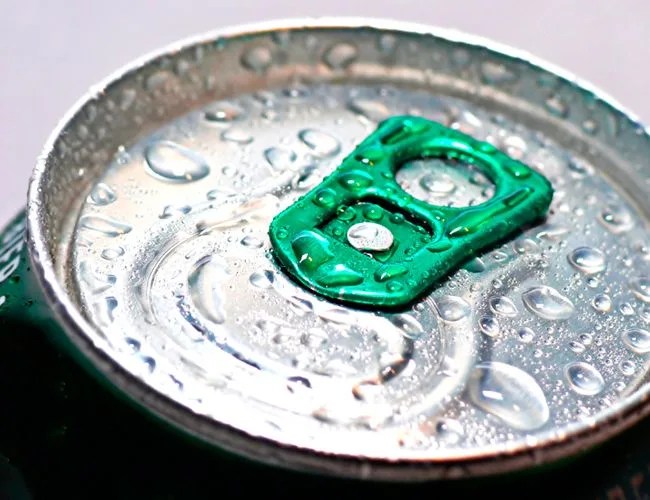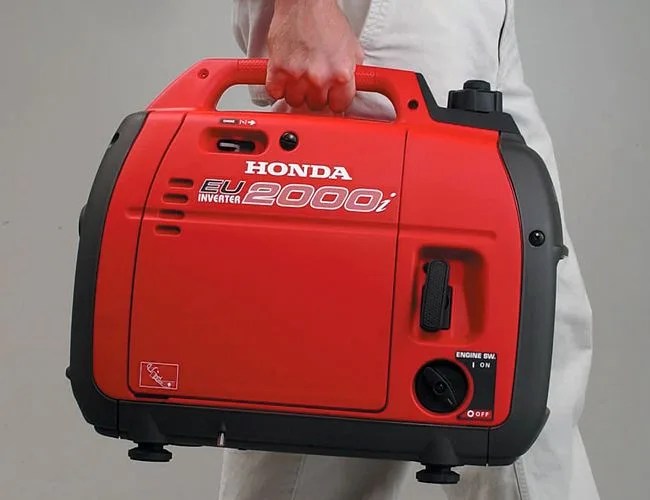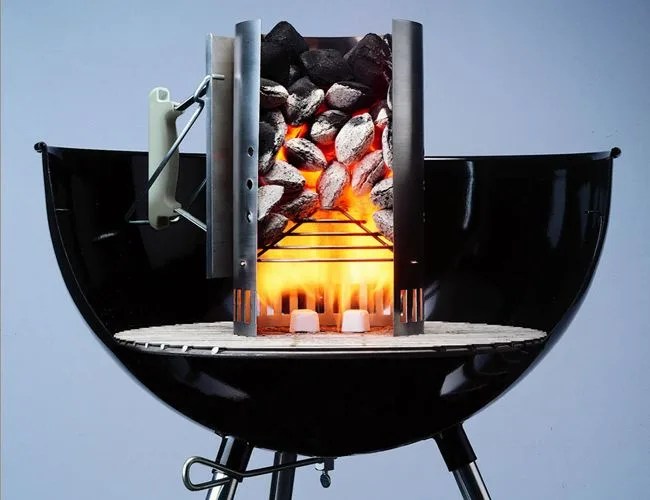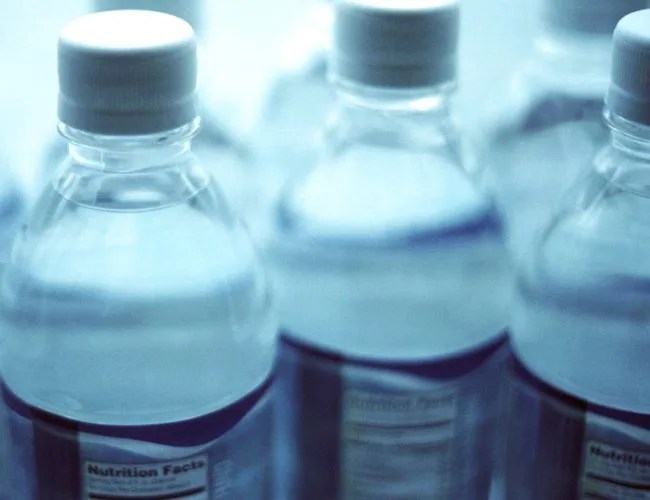
Tailgating isn’t rocket science. At least on the surface. Its just takes the core components of what most of us do on the weekend — cooking, drinking, hanging with friends — to a remote location. Still, to assume one can just wing their way to the best gameday experience is folly committed only by the inexperienced. Like any promising team faced with their first road game, veteran tailgaters know that a change of venue can cause plenty of trouble without thoughtful preparation. These five tips go beyond the obvious checklist items to help you make the most of your game day festivities. Remember them well and be sure to pass the wisdom on to the next lost soul wandering the parking lot with a humble bucket of fried chicken and a flask of liquid courage in search of a tented home.
Cool Beverages Faster

Looking for a cold beverage in a hurry? Then forget about just leaving the cans under a pile of ice. Placing drinks in a salt-water ice bath is the solution. That’s because chilling any item effectively is all about maximizing how much of the item’s surface can be exposed to the cooling element. Cold water’s ability to cover the enter surface area of a drink is one of the reasons it’s faster than just ice alone. Adding salt to the mixture also lowers the freezing point of water, allowing the cold water temperature to drop below 0°C, creating even faster cooling.
Plan Your Power Needs

Powering TVs, satellite dishes, lights and other tailgating luxuries requires some planning. If you intend on leveraging your car’s battery for power, you’ll need to buy an inverter to convert your vehicle’s 12-volt DC power into the conventional AC power used by most household devices. Determining the properly sized inverter you’ll need requires a bit of research. First, figure out how much power your devices require to run. If you need help, a quick Google search for “power inverter calculator” can make things easier. It’s a good idea to then buy an inverter model capable of providing at least 20 percent more than your maximum load as a precaution. 700- to 800-watt inverters should offer enough power to handle traditional setups that include a TV, Satellite dish and basic audio equipment. Setups that involve heating equipment like slow cookers, coffee pots and microwaves will require significantly more power.
While inverters are handy and cost efficient, running down or ruining your car’s battery is always a risk when using one without regularly starting your car. That’s why we recommend picking up a portable gas-powered inverter generator if you can afford one. Most can provide between 800 and 12,000 watts depending on the model and are far quieter than you think.




